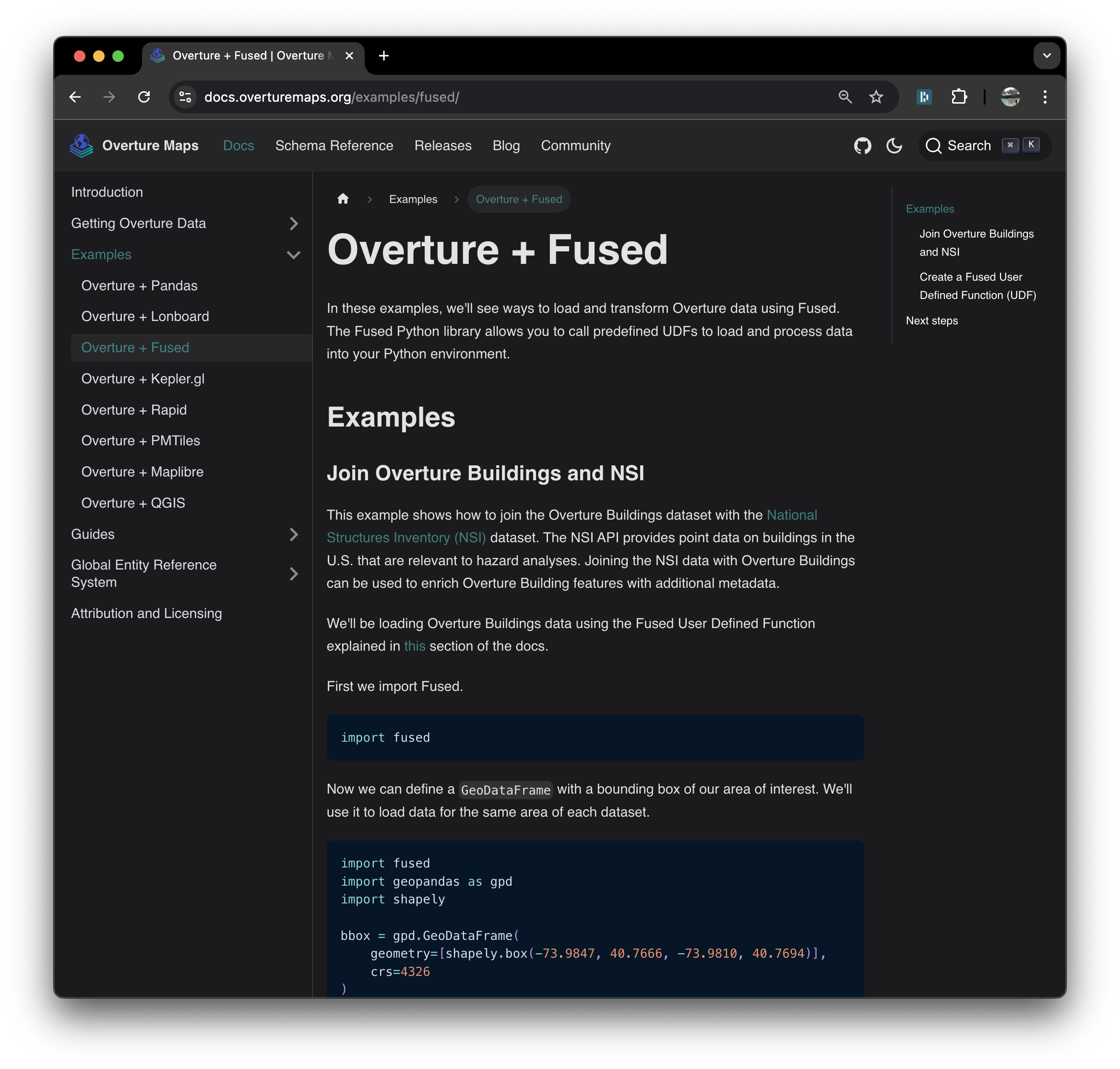Enhance your data with GERS IDs
TL;DR Enriching your spatial data with GERS IDs can make it interoperable across the data ecosystem. You can use Fused UDFs to create custom HTTPS endpoints to enrich your data with GERS.
The Global Entity Reference System (GERS) is a framework that structures, encodes, and matches map data to a shared universal reference within Overture. GERS helps organizations identify and reference their own datasets with standard identifiers to Overture data to help unify datasets.
In this blog post we show how to create simple endpoints with Fused UDFs to enrich a dataset with GERS IDs. We'll use the Overture Building footprints to first enrich a polygon with GERS IDs then another one to look-up metadata for a specified GERS ID.






